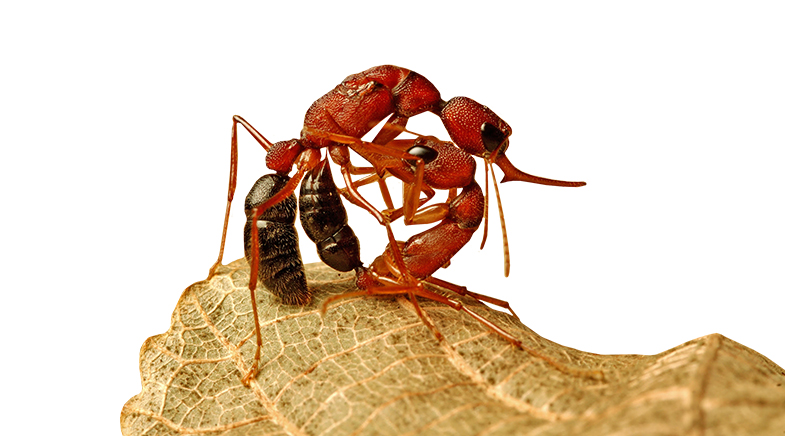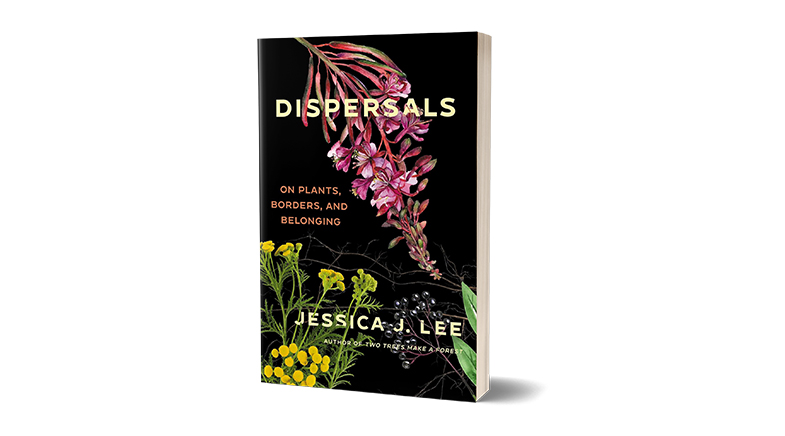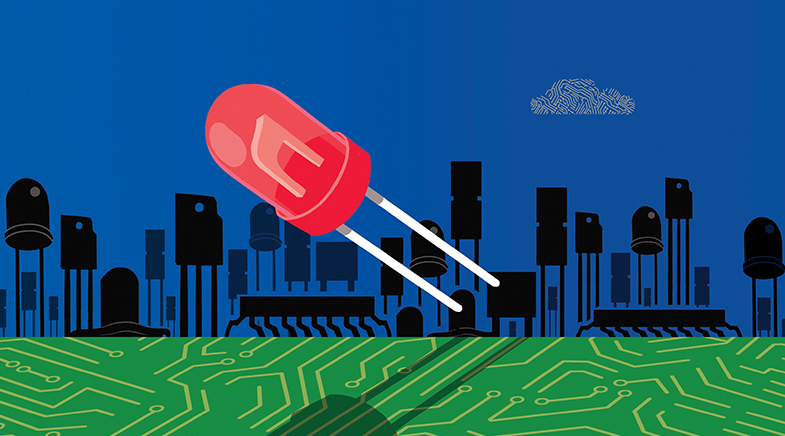The Golden Age of sleep research
-
- from Shaastra :: vol 02 issue 04 :: Jul - Aug 2023

On an average, human beings spend one-third of their lives sleeping. This conventional wisdom is now seen to be an oversimplification, with large variations observed in people based on genetics and the environment. However, it is an established fact that sleep is one of the most fundamental features of life. But how fundamental is it? What is the relationship between sleep and other body functions? What happens when sleep goes wrong? Can we manipulate sleep to our benefit?
Over the past few decades, sleep researchers around the world have been wrestling with some of these questions. Five months ago, when T.V. Jayan proposed a Cover Story on how sleep has become a mainstream research area, we expected a story replete with insights on how sleep influences health and how good sleep can delay or reverse the onset of many diseases, with some extension into the Indian situation. In the end, the story turned out to be far more complicated.
UNDERSTANDING SLEEP
The state of sleep research, as Jayan discovered, had been changing rapidly in the past two decades with the advent of new technology and animal models. It also involved a change in mindset, when scientists realised that sleep is not just rest but an activity central to life. Yet, even after this realisation, sleep researchers have found it hard to understand sleep.
It is a problem central to neuroscience – if we study sleep as a branch of neuroscience. How do you monitor and record what goes on inside a human brain? Old methods like electroencephalograms (EEG) can provide only limited information. The brain has many parts with different roles, and each of these parts must be studied separately. Scientists would need to monitor individual neurons or at least a small bunch of neurons. They need to look at the biochemistry of neural processes as they happen.
Since all of these are next to impossible in a living human being, scientists study animal brains to learn about the fundamental aspects of neuroscience. For sleep, a misconception stood in the way of using animals for research. First, for a major part of the 20th century, scientists didn't think that sleep would be interesting from a scientific point of view. Second, they thought that it was an unimportant part of animal life. Yes, animals sleep, too, but what can you learn about human sleep by studying sleeping animals? Quite a lot, it turned out.
Animal sleep researchers have been gaining insights into the universality of sleep as a process, with strong hints of its application to human beings.
Mindsets began to change when scientists ran into the complexity of the human brain. As a scientist interviewed for the Cover Story puts it, it was difficult to break the human brain into parts and put them back together. Such deconstruction and reconstruction are an essential part of the scientific process. Using current technology, scientists could do that only with animals.
So, in the past decade, the use of animals for sleep research has increased manyfold. Surprisingly, animal sleep researchers have been throwing up insights into the universality of sleep as a process, with strong hints of application to human beings. In an earlier Cover Story, we called this decade the Golden Age of neuroscience (bit.ly/neuro-gold). By extension, we can call this decade the Golden Age of sleep research as well.
The first of Jayan's two stories (Waking up to the new science of sleep) captures the early stages of a big change and describes how the use of animal models has changed the field of sleep research. His second story (Eyes wide shut) is about the centrality of sleep to health and medicine. In both cases, being an Indian magazine, we have relied significantly on Indian examples.
ELSEWHERE...
Our second major package is also related to biology and healthcare. In Fighting superbugs that resist antibiotics, Gauri Kamath describes how start-ups are addressing the problem of antimicrobial resistance in bacteria to build viable businesses. These start-ups straddle prevention, diagnosis, and treatment. It is also a reflection of change in the country. Science-based start-ups are tackling serious problems in original ways.
Elsewhere, there are stories on the new concept of carbon farming, on plant bioacoustics, and book reviews on quantum supremacy, and literature and mathematics. Do not miss Pallab Roygupta's story on the Aditya-L1 mission, Sungazer Aditya-L1 set for takeoff. India's first mission to the Sun, although not as widely publicised as the ongoing third Moon mission, is a cleverly designed package that is expected to produce original science. It is remarkable that India managed to carve out a niche in solar research when other space agencies were spending billions of dollars on fancy missions.
Have a
story idea?
Tell us.
Do you have a recent research paper or an idea for a science/technology-themed article that you'd like to tell us about?
GET IN TOUCH














